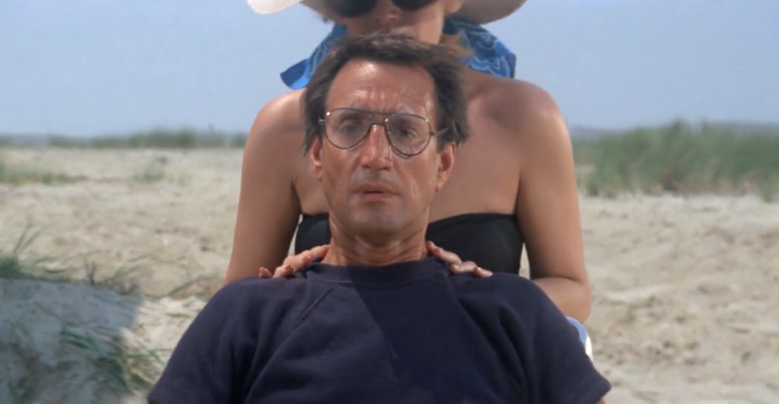
It has to be a straight road or a sidewalk any curves, especially on the side you are shooting (in front of the object), could make it harder to make. If you want to use as wide range of focal lengths as possible and get the most dramatic effect you can get, the ideal location is where the object is surrounded by a lot of space in front and behind it. However, you should remember, that long corridors are also good for that, as the staircase in the ‘Vertigo’ movie.
DOLLY RIGHT ZOOM IN HOW TO
It’s easier when we’re talking about medium quality spots, but you’re not here to learn how to make average hyperlapses 😉įor this kind of shot you need to find an object that won’t move or resize during your shot.īasically, it’s not necessary, but let’s discuss only this case as the easiest way to get how vertigo effect works. In my opinion, it’s not easy to find a really good location. If after this short introduction you’re still not sure you understand what’s the vertigo effect, check out their video below. Simple, right? 😉įilmmakersIQ made a nice video about dolly zoom. To accomplish this effect you’ve got to use the zoom lens.īasically what you have to do is moving forward (getting closer to your object) and zooming out the lens in the same time or moving backward and zooming in. You can find it among others in Steven Spielberg’s “Jaws” or Martin Scorsese’s “Goodfellas”. Later this effect was used by many directors.
DOLLY RIGHT ZOOM IN MOVIE
It was firstly shown in Alfred Hitchcock’s movie “Vertigo” in 1958. This technique has various names: dolly zoom, vertigo effect, push-pull, zolly etc. What is the dolly zoom AKA vertigo effect? If you’re not familiar with hyperlapse, check out the Hyperlapse Tutorial: how to create a time-lapse in motion or on my blog (of course it’s best to read both, then you’ve got information from two different points of view). This kind of shot can diversify your timelapse video. Using frame by frame shooting you can create really dramatic effects, which is super difficult in standard dolly zoom filming. In this article I’d like to show you how to accomplish vertigo effect with hyperlapse technique. Combining the zooming and dolly movement creates the dolly zoom or vertigo filming technique.This post was originally written by Tomasz Walczak on his. The cinematographer sits on a cart with a camera and is moved towards or away from the subject. Usually, cinematographers use tracks for smooth dolly in or out movements. This movement is called a dolly-in, i.e., you are moving toward the subject. However, moving toward the window while holding the camera will increase the landscape area you are capturing. Now, if you zoom in while standing away from the window, your camera can only capture what you can see. Similarly, if you are standing away from the window, you can only see a limited part of the outside world. The closer you are to the window, the more your vision is filled with the outside world. Imagine you are in an empty room looking out of a window. It helped the audience understand what the character might be feeling.

He used the effect to stretch out staircases when the character affected by vertigo looked down.


A dolly zoom is a cinematography technique first introduced by director Alfred Hitchcock in the 1958 movie Vertigo.


 0 kommentar(er)
0 kommentar(er)
